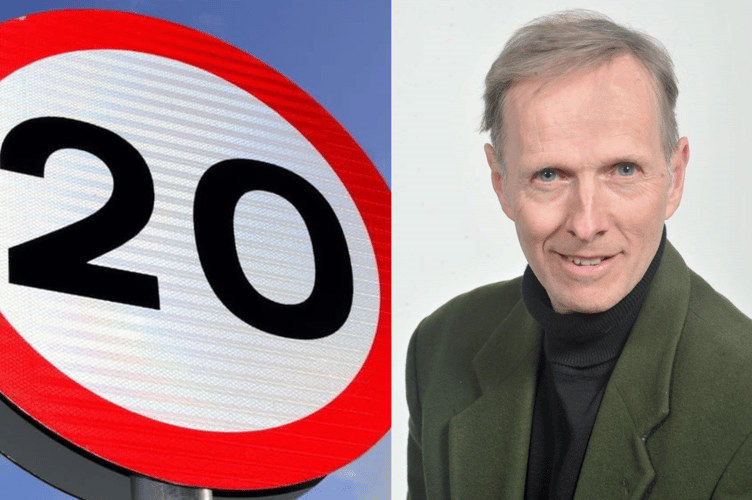YOU'RE driving along quite safely and happily and suddenly there’s a 20 mph sign. What! 20!? That’s ridiculously slow! Why here? Why make motorists drive at 20 mph on roads where many drivers already find it difficult to keep under 30?
The recent introduction of 20 mph limits in residential areas of Wales and the UK Government’s resistance to the idea, has got people talking and thinking about it.
Just to be clear – what I’m talking about here is wide-area 20 mph limits on roads where pedestrians are likely to be. So remember, that’s not a ‘blanket’ limit on all roads (as it’s often misrepresented by opponents), but a 20 mph limit on appropriate roads, where people are most likely to be close to the traffic. As recommended by the UN (and actually endorsed by the British Government in 2019! [1]). And supported by The Forest of Dean District Council and more than a hundred town and parish councils across Gloucestershire.
Typically, in the 90 or so regions across Great Britain where it has been introduced (including Conservative-led Cornwall) about 75% of 30 mph roads switch to 20 mph.
But why introduce something that’s clearly so infuriating for many drivers?
What we know from the mass of data from areas where 20 mph limits have been adopted in recent decades is this:
On average 20 mph limits reduce casualties by 20% [2]. When it was introduced across Edinburgh casualties came down by 39%–and deaths by a quarter. Gloucestershire County Council please take note – it looks like 20 mph limits could be a big help if you really want to get deaths and serious injuries on the county’s roads to zero.
The 20 mph limits mean fewer casualties – and the casualties that happen are less severe. That is a big win.
Road safety is the most obvious benefit. But then there are the financial savings. Fewer casualties leads to massive savings, which over time far outweigh the cost of implementation [3]. 20 mph limits also reduce both carbon emissions and pollution [4] and noise [5]. Some 20 mph areas report that children are more likely to play outside and walk or cycle to school. In fact a lot more people of all ages feel it’s safer to get out and about. That means physical and mental health benefits.
“But no-one will stick to 20 – it’s pointless!” Well some people do drive at 20 mph when that is the legal limit. And those that don’t are more likely to drive at, say 27 mph through a village where they used to drive at 37 mph. From a speed where there’s a high chance pedestrians would die if hit – to a speed where the chances are they would live [6]. Hence the massively improved casualty figures in 20 mph areas.
It looks like 20 mph limits on the right roads in communities where people live, work, shop or play is an important step in the right direction if we’re going to get the relationship right between our communities and the traffic that drives through them.
[1] Third Global Ministerial Conference on Road Safety February 2020 in Stockholm https://www.roadsafetysweden.com/contentassets/b37f0951c837443eb9661668d5be439e/stockholm-declaration-english.pdf
[5] UK Noise Association https://www.20splenty.org/noise_and_speed




